Text
Witches of Tumblr, what are your go to books about herbs/plants/flowers?
Yesterday I learned my backyard is home to purple ground ivy and its place within herbal witchcraft and herbal medicine was fascinating so I want to continue this journey. Obviously I know a few herbs and plants that are good for certain things but I really want to educate myself deeply!
I was looking into the Green Witch but really all and any suggestions are welcome for a beginner such as myself.
4K notes
·
View notes
Text
Taking Notes for Witchcraft
You'll see the advice of "write everything down" everywhere, and for good reason. It's a fundamental skill when studying anything, in my opinion. You can be a great reader and know all the right ways to spot a bad source, but none of that matters if you aren't keeping notes. A student is only as good as their note-taking skills, and all witches are students.
But how do you take notes?
Well, first of all, take note of this: I'm not talking about a grimoire. This isn't about writing proven spells in a pretty notebook. This is about writing down everything in a non-judgmental, kind of messy, comprehensive log. It should have a standard layout or template to make it easier to use and look back on, but otherwise, it's a working document for your eyes only.
There are countless ways to keep notes on anything. If the school system failed you (as it did many of us), chances are, you weren't ever taught how to take notes. You were just told to "write that down" and never looked at it again. You're not alone! You, too, can learn how to take not just notes but good notes.
Fundamentals of Note-Taking
The important thing to remember here is that notes are for you. There is no test to pass, no professor to impress, no essay to write. These notes are meant to help you in your magical and/or spiritual practice. But what's the purpose of taking notes, if there's no one and nothing forcing you to take them? In my mind, there are a few:
Absorbing new information by associating a physical movement with the topic (as in, remembering writing something down and using that to recall the information)
Being able to go back and reread information you've already gone over, creating a reference document for future use
Making note of thoughts, opinions, and ideas in the moment so you remember them later
With these basic purposes in mind, you might think to yourself, "Oh, that's easy! Just write everything down. Easy peasy." But to make notes not only effective in the moment for absorption and having the information in one place, they also have to be organized. Writing things down willy-nilly is fine right up until the moment you're spending 20 minutes looking for one specific note buried in a pile of loose, unlabeled papers.
So here are my (very opinion-driven) guidelines for taking notes on anything:
Notes must be kept in a dedicated, bound notebook or dedicated digital file system. Not a binder, not in loose-leaf pages, not on scraps of paper. In a notebook. Spiral notebooks are fine, but I prefer something I can't rip pages out of. I have both a digital system and a notebook system; the notebook is for raw notes and unfiltered thoughts, whereas the digital system is more polished (my actual grimoire).
Notes must be kept in date order. Chronologically! Not by subject. No jumping around the notebook, either. It doesn't matter if one page has a list of recipes to test and the next is detailing an odd dream. If they happen on the same day, they exist together.
All pages must follow a template. I have several templates for various subjects -- one for test recipes, one for completed recipes, one for spells, one for research topics... Some are more rigid than others (recipes in particular). You can use any template or method that you want, so long as it works for you. What matters is that they're all the same every time.
The template must include the date, a title, and the purpose or a summary of what the notes are about. This makes it easier to remember when I did something, what it was, what the contents of the notes are, and why I was taking the notes later on.
Number your pages. A pre-numbered notebook is ideal, but you can always add the numbers yourself.
Notes have to be legible. It just has to be legible to you. If your handwriting sucks (like mine), that's fine so long as you can read it later. But this also means making an effort to use language you'll understand. Don't use fancy script you can't read or big words you don't actually understand.
Write in pen! Controversial, maybe! But you should take notes in pen, never pencil. For one, pen won't smudge and fade like pencil will. For another, writing in pen prevents you from erasing your thoughts in the moment. You shouldn't be afraid of making mistakes or crossing things out. Plus, erasing destroys paper. Just don't do it.
Write in two or even three colors. The third reason to use pen! When I write notes, I usually write my template out in black. Then, I'll fill in the basic information in the same black pen. The "actual notes" are taken using a colored pen (blue, often). As I take notes, I usually have thoughts and ideas outside of the information I'm trying to take down. To make these more clear and easier to find later on, I write them down in a third color (red or another fun color).
Let yourself be a little disorganized and "ridiculous." Look. I know I'm saying to use templates and write neatly. But these notes are for your eyes only. You can write things down that you don't think will be actually useful later. Jot down that this detail made you think of that person. Scribble doodles in the margins. Whatever. If it's not going to impede your note-taking, it doesn't matter. But also, if you start reading a book today and don't come back to it until next week, don't pick up the notes on the prior page. Start a new page. The title should reflect that it's a continuation, but don't skip pages to make room for more notes. Fill in every page as you get to them. This is why we number our pages -- note down where the last set of notes are and then keep moving.
An Example - Book Notes
Let's say I'm reading a book and want to take notes from it. The first thing I want to consider is my goal in taking these notes and what I'm hoping to get from the book. My notes will look very different if I'm trying to review a book's quality versus learning a particular type of magic. For the purposes of this example, we'll say I'm taking general notes to glean as much information as I can from the book.
And let's say I'm using... *casts about looking for the nearest book*... The Bountiful Container, by Rose Marie Nichols McGee and Maggie Stuckey. A book I genuinely do recommend for anyone looking to learn how to keep an edible container garden, by the way.
My ideal template for a book includes:
The date in the upper left-hand corner
The page number in the lower outer corner (for left pages, bottom left; for right pages, bottom right)
The title of the book as the title of the page, followed by the author
The topic of the book
What the book contains (spells, instructions, philosophy, guides, lists, etc.)
My goal in reading it and taking these notes
A heading to delineate where the actual notes begin
Dividing parts or chapters in my chosen note-taking pen color
Here's an example of what that might look like:
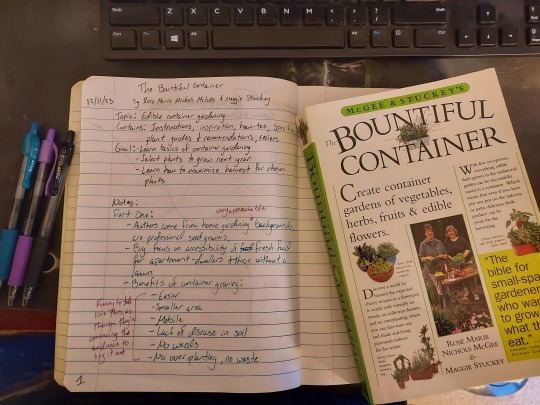
Note how I'm using bullet points to keep my thoughts organized and separated. You can also see the purple writing that denotes my less organized, in the moment thoughts and feelings on what's being said in the book. Here, the black pen is the template, the teal is the facts presented by the book, and purple is my personal commentary.
You don't have to divide your commentary and factual notes, by the way. I do it because I want to easily delineate between what's actually being said by the authors and what I'm thinking in the moment about what's being said. Sometimes, I'll write them as I have in the above example, in the margins or next to the factual stuff. Other times, I'll write them in line as a dedicated bullet point. It all depends on when I have the thought.
Another Example - Spell Notes
"But what about spells?" I hear you hypothetically asking. I'm glad you've hypothetically asked, dear reader! A very similar approach can be applied to writing notes on spells.
For the purposes of this example, I'll actually show off an updated version of the notes for my Pickled Pickle Hex. Note that this isn't my actual notebook or grimoire, since those are for my eyes only.
For spells, my ideal layout includes:
The name of the spell as the title
The date in the upper left corner
The page number as described previously
The source of the spell
Type of spell (hex, protection, edible, jar, candle)
Purpose of the spell
Ideal timing, if applicable
Ingredients
Instructions
Space for notes before, during, and after the spell (during/after notes may be recorded separately)
And here's the visual example:

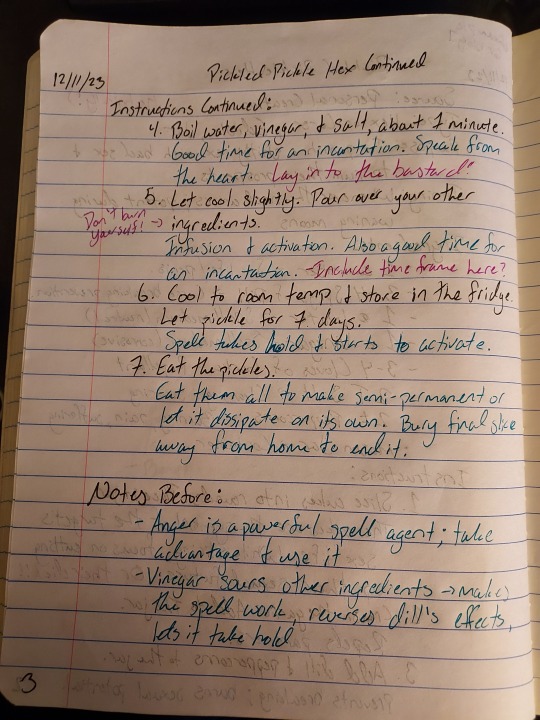
Note again how the template and basic information is all in black. This color is all business, detailing the actual, physical steps taken for the spell. The teal pen describes the magical parts -- ingredient correspondences, magical acts, incantation locations, etc. In the actual version, I include the incantation itself here. Then, the purple pen is my thoughts while recording it. It's mostly me talking to myself, but note under number 5 in the second image where I ask, "Include time frame here?" It's a note to self to consider where to add an expiration or expected end date during the casting process.
Again, you can include whatever you want. My original notes have doodles and copious notes in the margins... plus ingredients I needed to pick up for the spell. You can include whatever notes you need to. If it's relevant in the moment, write it down.
Recording Spell Results
A big part of note-taking for me is writing down how things work and how it all went. After all, why would I want to cast a spell again if I didn't enjoy it and it didn't work?
It's important to keep notes during your casting. I would suggest tracking the following:
Thoughts and feelings you have (nervous, tired, happy, angry, "I'm hungry," "I should've brought water with me," etc.)
Messages you receive from spirits or other entities
Odd things you notice (wax dripping strangely, shapes in the incense smoke, sounds nearby, increased pet activity, tarot cards jumping)
Alterations to prescribed steps, ingredient substitutions, added or removed steps or actions
Questions you have during the casting and answers if you look them up immediately
Concerns that come up regarding efficiency, energy levels, whether you're "doing it right," missing ingredients, and so forth
How the final result turns out (how it looks, how you feel about it, etc.)
What your next steps are (hiding it, burying it, setting it on your altar, eating it, etc.)
During this stage, particularly for that last bullet point, decide when you'll come back to this spell to check how it went. Sometimes, it isn't possible to test your results (hexes on someone you don't see consistently, for example). Even so, you should still return to the spell to record how you feel, what you think with hindsight on your side, and so forth. If you can tell how the spell worked, write down what happened and why you believe it's connected to the magical working.
If you like, you can make additional notes on the spell and steps themselves. What I do is I put a note under the post-casting section that says, "Additional notes written [date] in this pen color." And, true to form, it'll be a different pen color to everything else I've written with so far.
Again, remember that these notes aren't final. They're experiments and study notes, not grimoire pages. These notes are what your grimoire will be based on. Once you feel confident with a spell, write it into your official grimoire using your layout and medium of choice. In my case, this means typing up the final, expanded version of my notes and spells.
Conclusion
Look, in the end, it doesn't matter how you're writing stuff down. All that matters is that you're writing it down. Keeping it organized makes it easier to use later. Do what works for you.
Here are a few suggestions for note-taking methods and applications that have fed into my philosophies:
Bullet journaling - This ended up not really being for me, but a lot of the ideals are really appealing. This is where the templates idea came from.
Lab notebooks - By far the biggest influence. I highly suggest all magical practitioners give the lab notebook method a try, especially for testing spells and recording results.
Writing prompts - No, really. Using writing and spell prompts to build out and test my note templates was critical when I was trying to figure out how best to set things up. It's a low-effort way to bang out a bunch of ideas and refine layouts.
Spell books - Obviously. Take a look at how authors lay out their spells. It's organized, easy to parse, and includes details about the working. That's ideally what your notes should mimic.
Obsidian - This is an application for taking notes. It completely replaced my massive, disorganized folder of Word documents. Link between pages, tag documents for easy sorting, embed content from reference websites, draw brain maps, organize folders, use add-ons to create templates... Obsidian has literally been life changing. I use it for everything, including my grimoire. You have to pay for it, but it's very worth it. A second brain, indeed.
Try different layouts, formats, methods, mediums, everything. Hell, write notes on what works and what doesn't for your note-taking. You gotta start somewhere.
If you like my work, consider throwing a tip in my tip jar! Your support helps me keep making posts like this one. Plus, supporters got access to the full version of this post a full week early! That could be you for as low as $1.
1K notes
·
View notes
Text



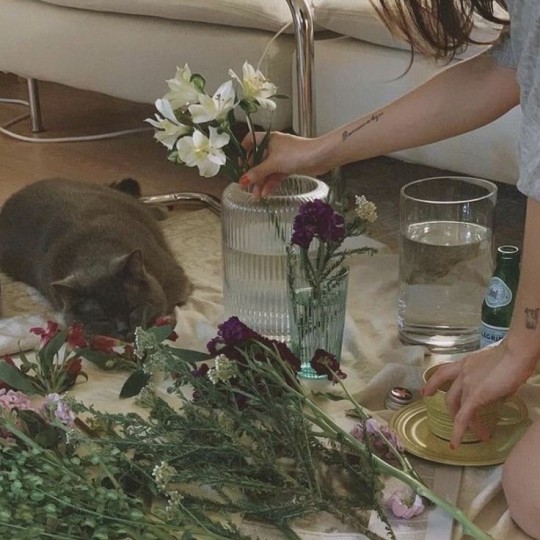

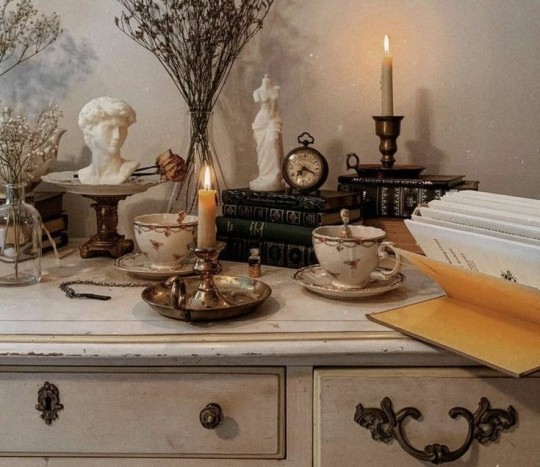
her room was a mess, made of scattered hopes and dreams
5K notes
·
View notes
Text
☽ Cleansing Routine
For the witch overwhelmed with life.
Clean your room; focus on each individual section, dust and purge
Clean your eating habits; try to stick to plant-based meals and don’t eat anything processed or junk food
Delete old texts and clean your phone out
Clean up social media
Clean your sheets, shower, and wash your clothes
Throw out or consolidate old bottles of lotion, perfume, etc.
Clean out your herb supply, throw out moldy or old potions and spell jars
If you have a carpet, pour a mix of herbs onto it and vacuum them up
Take a shower or bath and use an enchanted scrub to get rid of dead skin and cleanse yourself
Take out the garbage and freshen it up
Light a few candles and change out your pillowcases
Move furniture around, move plants and items to bring new energies in
If your altar is messy, clean and organize it; cleanse or charge your crystals and throw out old candles
Make new playlists and delete old ones you no longer listen to
Be as kind as you can not only to others, but to yourself
Donate old books or materials, old clothes, etc.
Wash your shoes
Take a few sips of (edible!) moonwater
Draw sigils inspired by your name and cleansing and burn them
Learn something new, and teach something new
Trim your nails and moisturize your skin
Clean pieces of jewelry you wear often
Throw out or reuse old pill bottles; put crystals in them, paint them, use them as spell jars
Renew good relationships and remove yourself from old ones
Write down things that bother you on a piece of paper and burn it. Just burn things.
Delete unnecessary contacts
Drink plenty of water and ingest a lot of plants; cleanse your internal system
8K notes
·
View notes
Text
Time to get lost in Home Depot
yall its time yah girl needs a real man in my life real bad. no more boys. i need a man. plz and ty.
10 notes
·
View notes
Text
If you'd like to learn more, Open Library has curated some excellent resources on banned and challenged books.
And if you're ready to help out, this is the perfect week to take action and unite against book bans.
3K notes
·
View notes
Text

Nazi occupied Sarajevo, 1941
Bosniak Muslim Zejneba Hardaga (right), uses her veil to obscure the star on the coat of her long time friend and neighbor, Rivka.
The home of the Kabiljo family was destroyed in the invasion of occupying forces, and afterwards, the Hardaga family would hide them in their own home. Josef Kabiljo was eventually captured by Croat forces and taken to the Jasenovac concentration camp. While there, Zejneba risked her life to sneak him and others food, and would bring him back to her home after his escape from the camp. Not long after, Zejneba’s father was tried and executed for hiding his Jewish friends in his home. Despite this, Zejneba and her family continued to aid other families in hiding and in safe passage out of the city. After the war, the Kabiljo family migrated to Israel.
Interestingly enough, the Kabiljo family was able to return the favor to their long time friends in the 1990’s when the wars in former Jugoslavia began. When Sarajevo was once again under siege, this time by Serb forces and faced by an imminent threat of ethnic cleansing, the Kabiljo family coordinated with two governments to safely evacuate the now sick and elderly Zejneba and her family out of the war zone and to their home in Jerusalem.
And that’s the story of how two families saved each other from genocide - half a century apart.
293 notes
·
View notes
Note
Fashion history is so interesting!!!!
More niche history, I beg 🤲🤲🤲
"In the West there were women who felt that Turkish women's dress, relative to their own was a model of both modesty and liberation." says Jirousek. "That's why bloomer costumes came into American fashion in the middle of the nineteenth century." American women saw Muslim dress as less cumbersome than their own corsets and petticoats. But the style of bloomers appealed to women in the West mainly because feminists of the period lauded Turkish women's lives and rights--as better than their own. Under Muslim law, a Turkish woman at the time had many property and marital rights that Western women lacked. Thus, bloomers were introduced in the West in the 1850s as clothing reform: they came into general use later in the century through physical education practice and sports.
"Turkey and the Islamic Near East have had a more striking influence on our every day apparel than many Westerners realize," says Jirousek, who has been studying Turkish clothing and textiles for 40 years.””
on the history of pants/bloomers (shalvar) in western fashion and their origins in west and central asia
241 notes
·
View notes
Text

🧿 to keep you safe from people who want to do you harm.<3 🧿
41K notes
·
View notes
Text

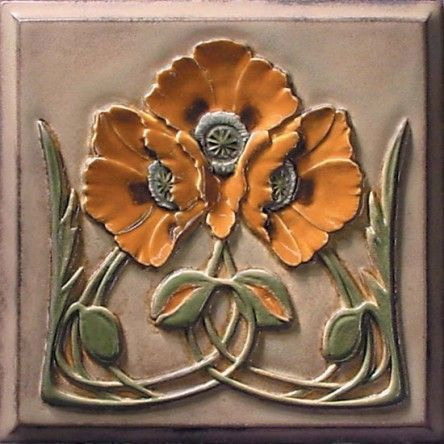

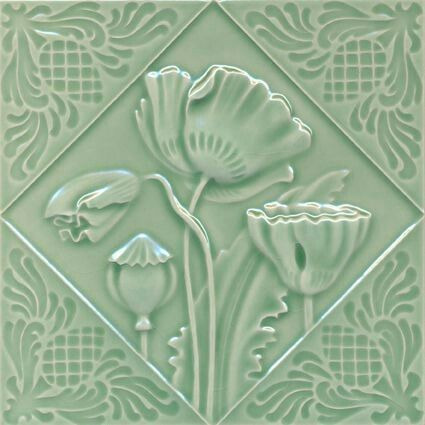
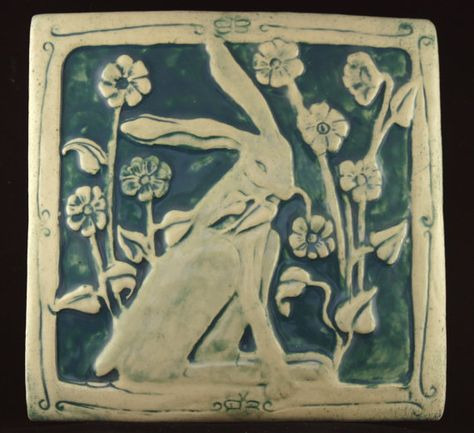

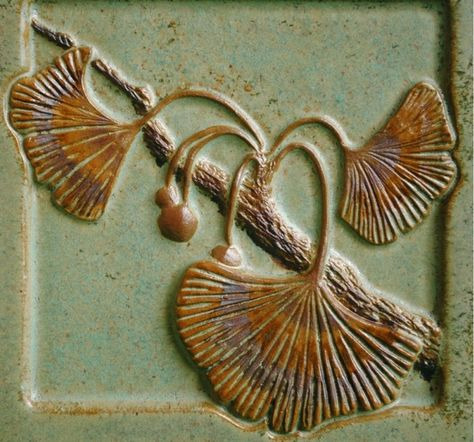
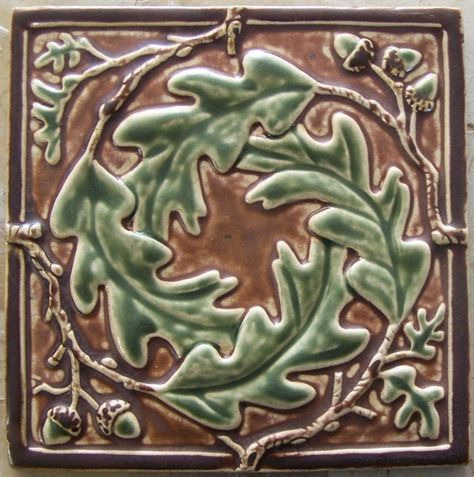
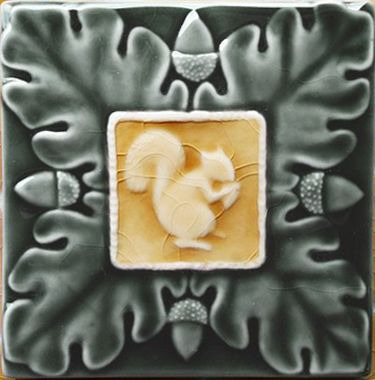

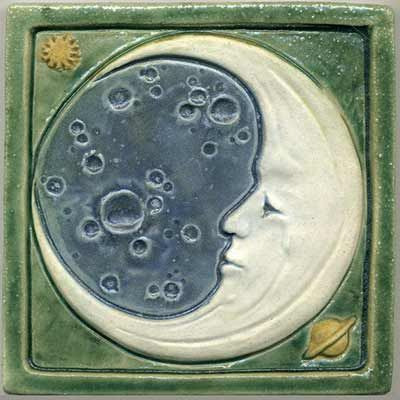
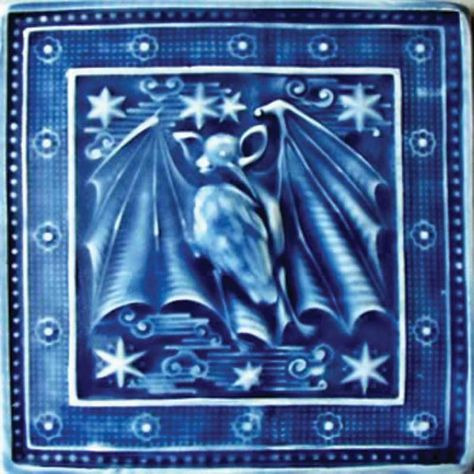
Tiles! I want to have a kitchen wall full with different designs
99K notes
·
View notes
Text
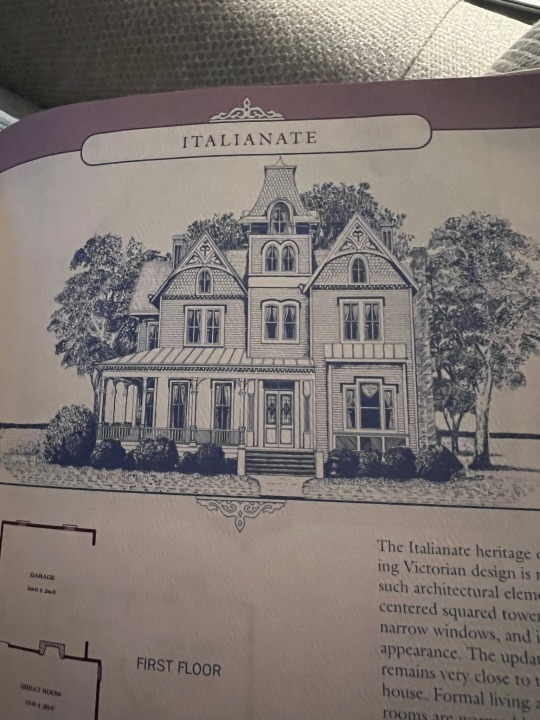
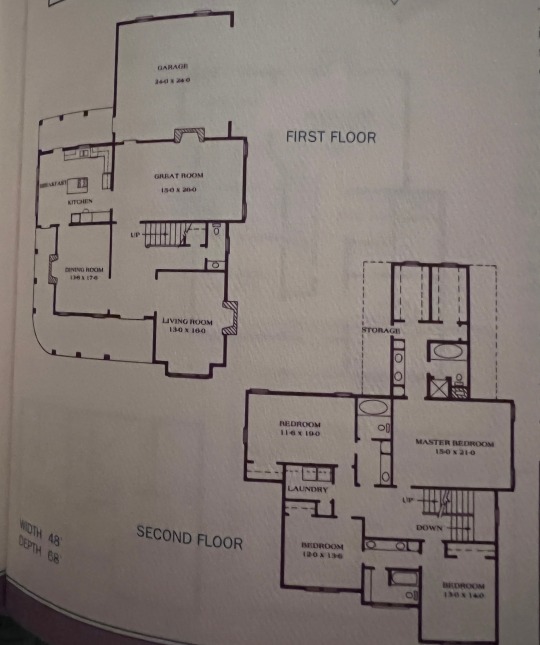
I found the Practical Magic House plans!!!
Credit:Victorian Dream Homes by Home Planners Inc. 1991
40 notes
·
View notes
Text
When you see a very cute man and immediately know he’s a cheater
4 notes
·
View notes
Text
The depersonalization of Nesta at the hands of Mama Archeron began when she was just a child, as suggested by her own self-identification as “her mother’s creature.” Nesta has always felt so, so much, and there has always been this build-up of emotions because she was never given the space to openly express her emotions in a vulnerable or healthy way because her mother claimed her as the cold, calculating prodigy. The strength that their mother built up in Nesta was the ruthless and merciless kind, meant to be weaponized against anyone who either crossed her (and thus undermined what she was sharpened into)…or posed a threat to what was identified as their family’s greatest asset: Elain. It was not formulated as a type of self-strength, but something to be wielded by their mother, and following the death of their mother, Nesta lost the person who wielded this blade-sharp strength. In her adjustment of trying to wield it herself, her sense of self leaned into constant overcorrection in an attempt to do what their mother would have wanted, not necessarily what their family needed. In this essay, I will —
162 notes
·
View notes



